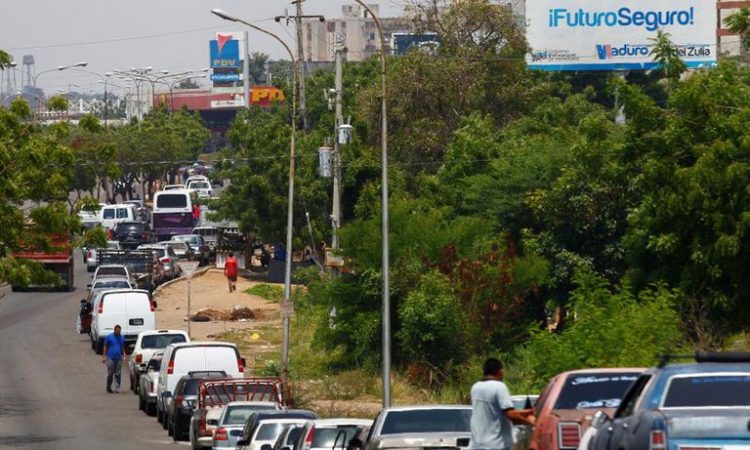
The Andrés Bello Catholic University (UCAB) presented the report entitled “Poverty in its multiple dimensions”, an analysis framed in the National Survey of Living Conditions 2019-2020 (ENCOVI) in Venezuela.
The work emphasizes measurements of poverty, its profile in the country, international comparisons, social policies and programs, and proposals.
The study indicates that, between 2013 and 2019, there was a drop of 70% of Venezuela’s Gross Domestic Product (GDP), that inflation between March 2019 and March of this year was 3,365%, that the average daily income is of $ 0.72 and that 79.3% of Venezuelans do not have to cover the food basket.
One of the conclusions of the report is that “the increase in poverty was due to the deterioration of income and the worsening of employment.” In addition, the brief states that the “improvements” (in quotes) in the home were “a side effect of international migration.”
Compared to other countries in the region, the study is categorical: “Venezuela is the poorest country and the second most unequal in Latin America.” In the case of the first indicator, measured in both incomes below USD1.9 and USD3.2 per day, Venezuela has overtaken Haiti, historically considered the poorest in the region, as well as Guatemala, Bolivia and Ecuador. In the case of inequality or wealth distribution, measured through the GINI index, Venezuela is second only to Brazil at this point.
“The levels of poverty in Venezuela are compared to the poorest countries in the world and that have greater political instability,” says the study, which compares the Caribbean nation with countries like Nigeria, Chad, Congo and Zimbabwe.
In another order, the study analyzed the Local Supply and Production Committees, better known as CLAP, which the Nicolás Maduro regime uses as a tool for political propaganda and social control.
According to the report, “5% of the extreme poor do not receive the CLAP box”, while “22% of the non-poor or extreme non-poor do receive it”. In addition, 39% of those questioned stated that they received at least one box a month, 15% every two months and 46% with no defined periodicity.
In 2018, 88% of households were part of the program and at some point received the box; while in 2019 the proportion of beneficiary households rose to 92%.
Professor Anitza Freitez, coordinator of the project, stressed: “We wish to highlight that this edition has meant the beginning of a new cycle for ENCOVI, where the information collected has been enriched thanks to the incorporation of some variants related to the sample size and its design, the use of electronic devices, as well as the expansion of the thematic agenda ”.
He argued that the information from this ENCOVI is part of the “update of the country’s demographic profile, after having registered an unprecedented emigration wave with enormous effects on the reduction of the population volume and the level of aging, as well as on the configuration of the homes ”.
Freitez, according to statements collected by the Venezuelan newspaper El Impulso, stressed that the results of the study reveal a “cumulative destruction in the last five years” of the quality of life of the population.
He concluded that the numbers show how “the level of well-being of our population continues to degrade through indicators on the situation of poverty in households, the setbacks in access to public services and their operation, as well as the decrease in equipment or from home ”.
From Infobae.







